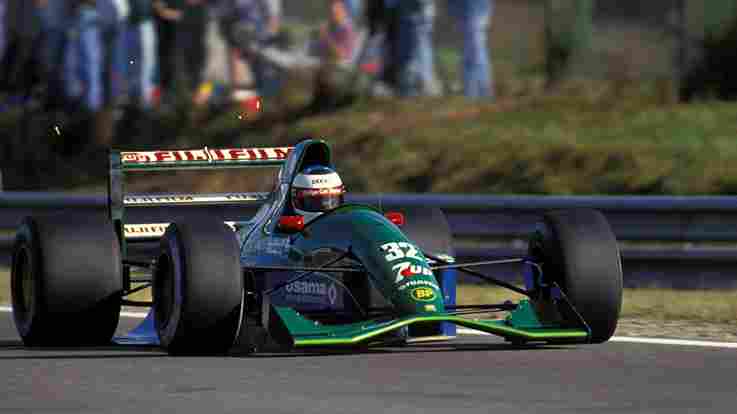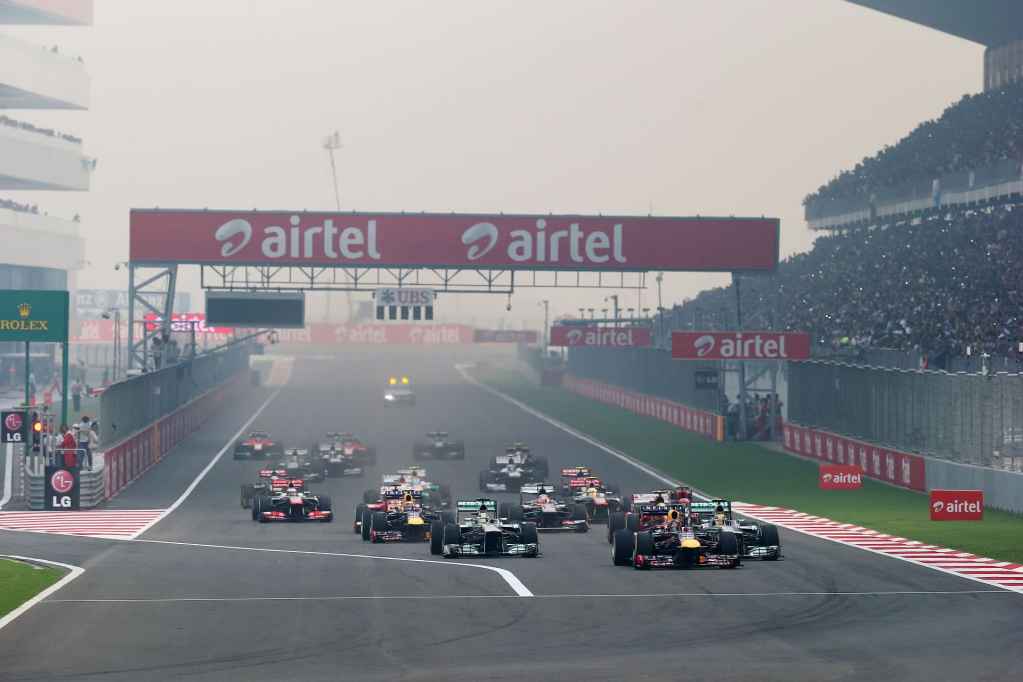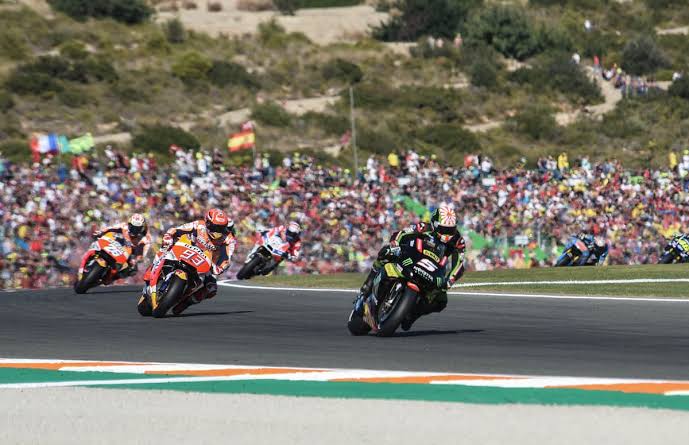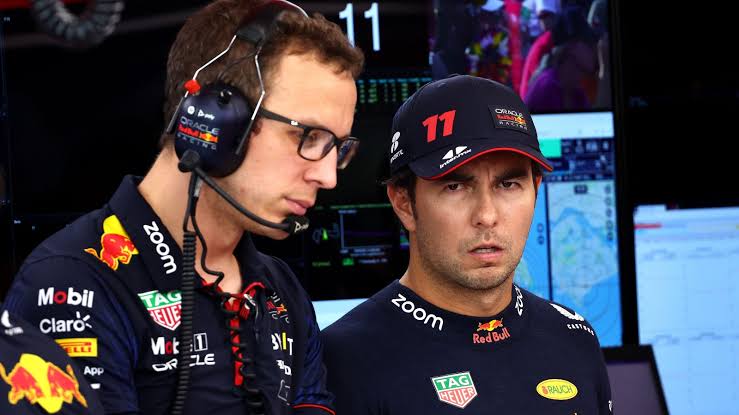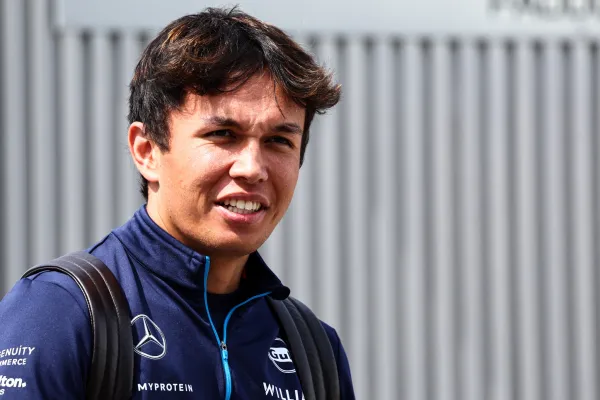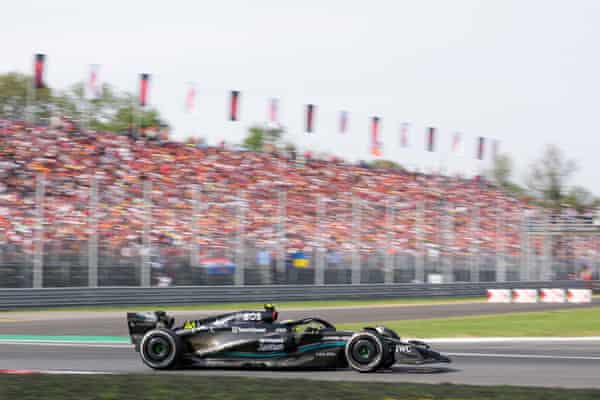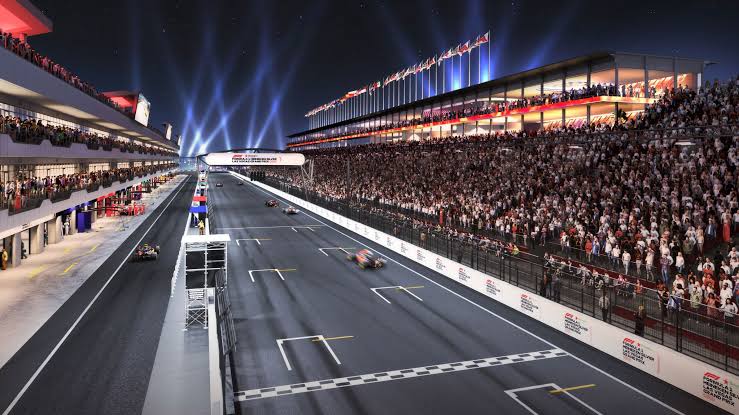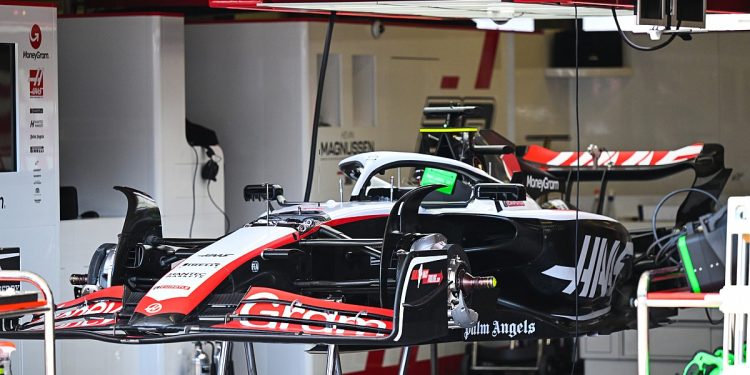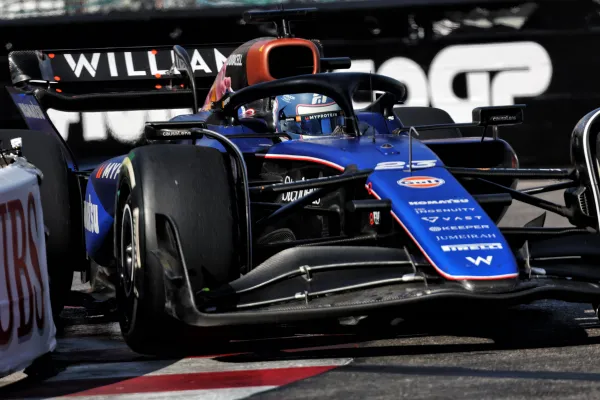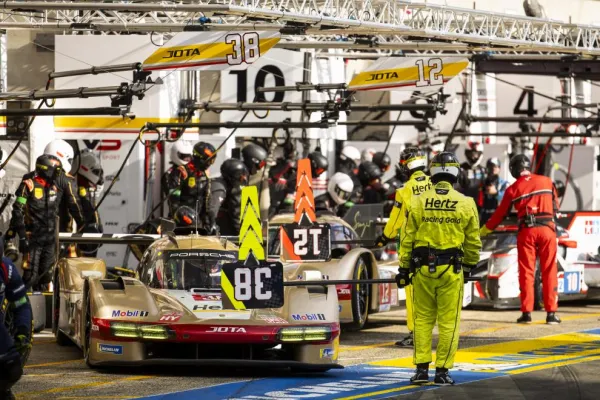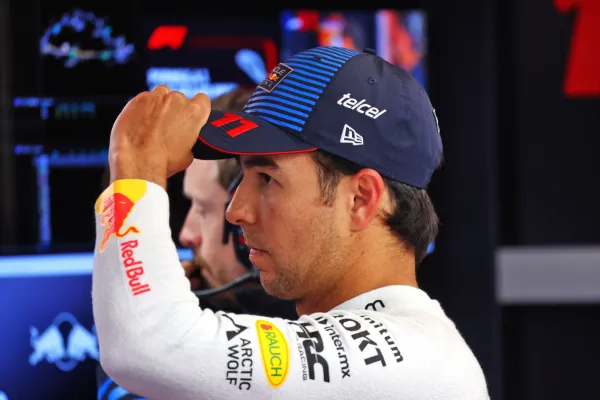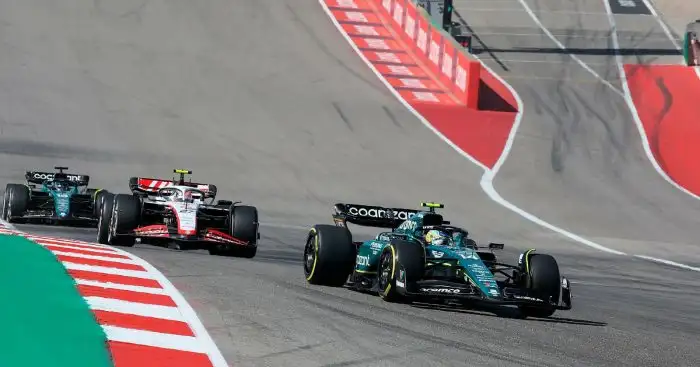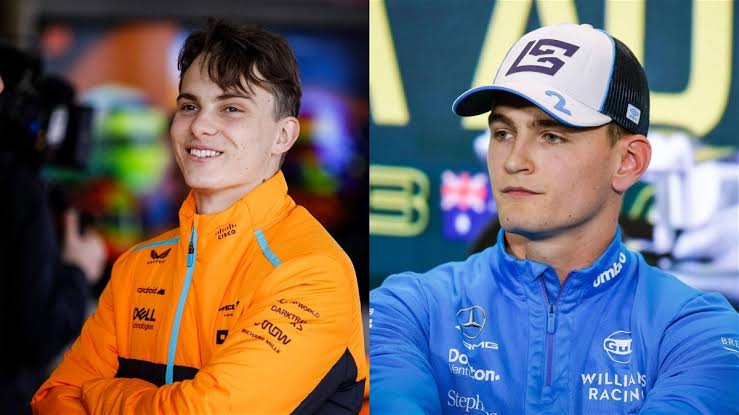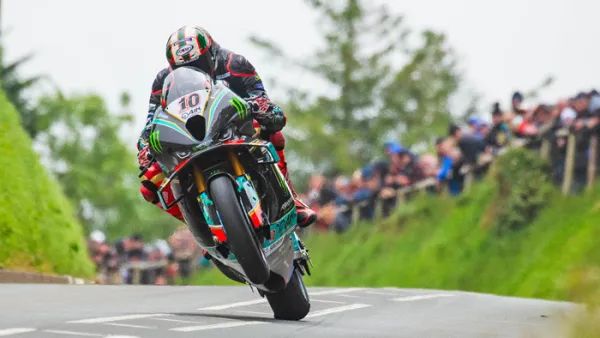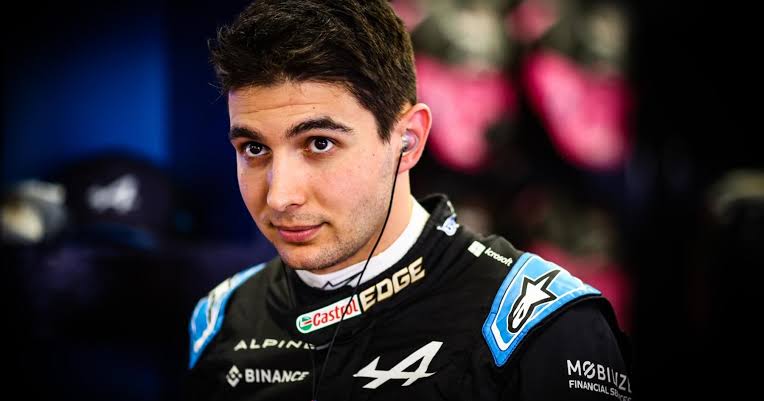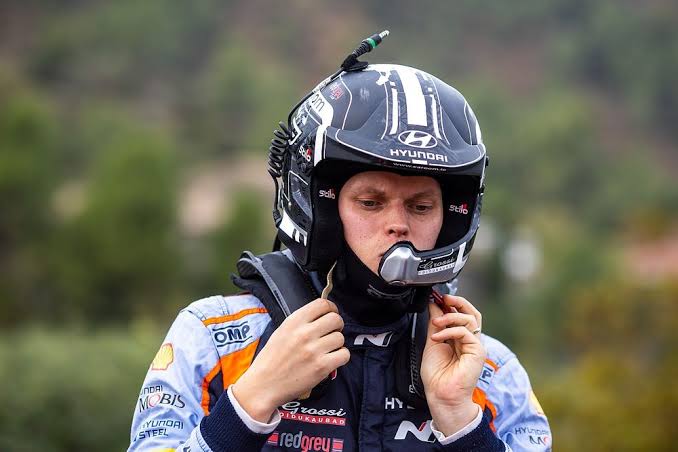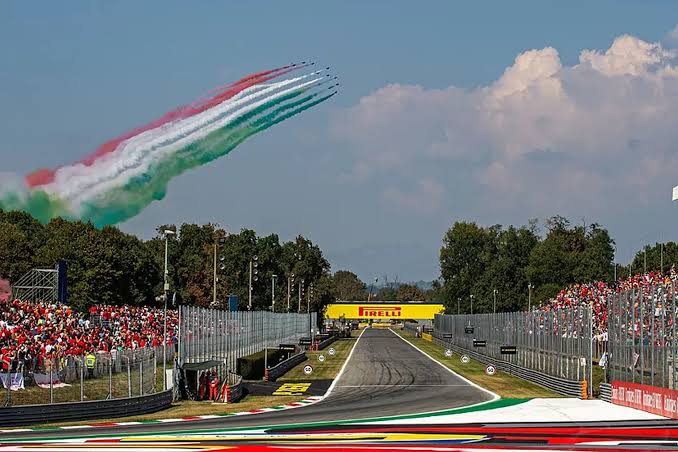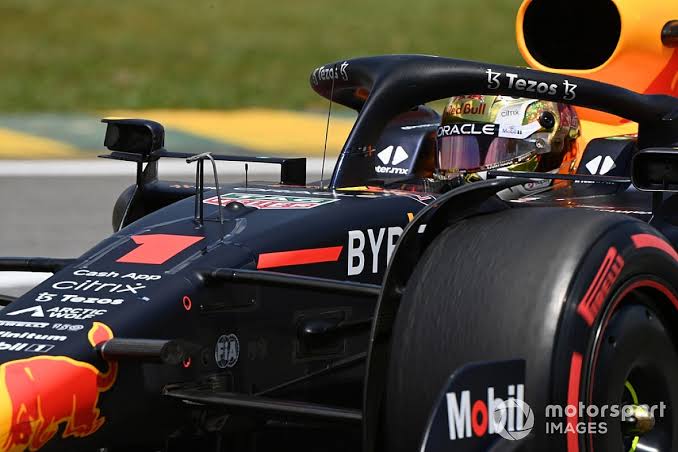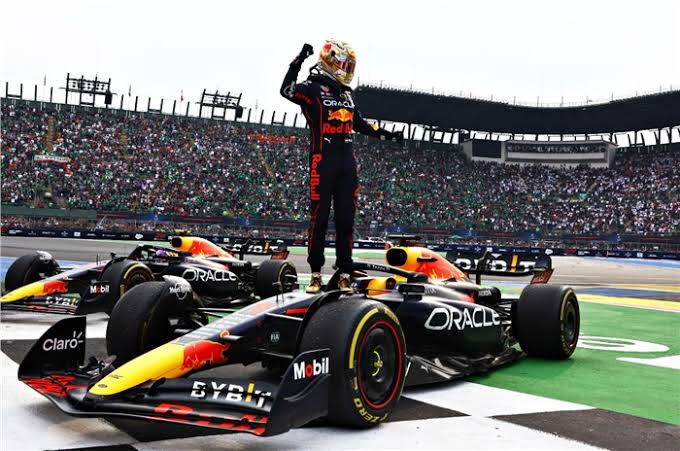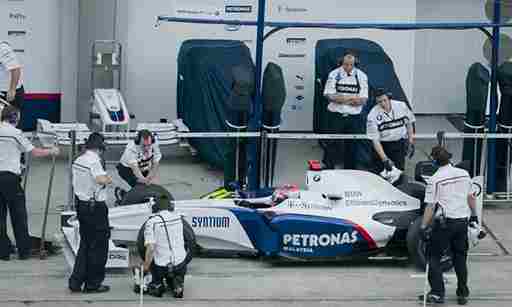From Fold-Up Bike To Formula 1 Fame: Michael Schumacher’s Extraordinary Debut
On August 25, 1991, 22-year-old German driver Michael Schumacher pulled into the legendary Spa-Francorchamps circuit in Belgium, set to drive his first Formula 1 race. Over the next few days, events would transpire that would go down in motorsport history and launch the career of the possibly greatest F1 driver ever.
An Unexpected Opportunity
The 1991 Belgian Grand Prix saw the first appearance of future seven-time World Champion Michael Schumacher, who drove for the Jordan-Ford team. Schumacher’s chance arose in a most unexpected way, as he was brought in to replace the team’s usual driver, Bertrand Gachot, who had been jailed for a fight with a London taxi driver.
Team owner Eddie Jordan required a fill-in driver with very short notice. Schumacher, who was free that weekend with no prior obligations, struck Jordan’s eye. Jordan watched Schumacher race in Formula Three and was intrigued by the prospects of the young driver.
A White Lie and a Big Price Tag
The tale of how Schumacher won the drive is a little bit of creative bending of the truth. When Eddie Jordan asked Schumacher if he had ever driven at Spa, Schumacher’s manager Willi Weber allegedly replied, “I think about 100 times.” This was actually a total fabrication. Schumacher himself later maintained that Weber hadn’t lied so much as been mistaken as to where his charge had raced before. Whatever, this little white lie certainly didn’t damage Schumacher’s prospects of getting the drive.
Schumacher, who was still contracted to Mercedes as a sports car driver, was signed by Jordan after Mercedes paid $150,000 for his debut. This huge outlay by Mercedes showed their faith in Schumacher’s ability and was instrumental in landing him his first F1 drive.
Learning the Ropes
Although he was experienced in other racing classes, Schumacher had never driven a Formula 1 car. As preparation for the weekend, a rushed test session was arranged at the South Circuit of Silverstone. In this short session, Schumacher was able to get through only 20 laps. Nevertheless, his best lap time was as good as the team had ever attained on that circuit, impressing the Jordan technical team right away.
When learning the Spa-Francorchamps circuit, Schumacher had another obstacle to overcome. His veteran teammate, Andrea de Cesaris, was going to drive him around the circuit in a road car, but this never happened. Not to be deterred, Schumacher took matters into his own hands. He removed a fold-up bicycle from the boot of his company Mercedes and cycled several laps of the circuit to get a feel for the circuit. This ingenuity and perseverance would become trademarks of Schumacher’s style throughout his career.
A Humble Beginning
In contrast to the high-end hotels he would eventually stay in as a multiple world champion, Schumacher’s initial Formula 1 weekend was anything but glamorous. Without a hotel reservation made for them, Schumacher and his manager were forced to sleep in a youth hostel. The minimalist accommodations consisted of two small beds with a toilet and basin in between. Schumacher, though, was not bothered, saying, “I didn’t really mind. For me it didn’t matter too much.” His mind was firmly on the job at hand—racing on the track.
Qualifying Brilliance
When qualifying time rolled around, Schumacher amazed the paddock with his result. He qualified seventh on the grid, tying the team’s season-best qualifying performance. Even better, Schumacher outqualified his much more experienced teammate, Andrea de Cesaris.
This achievement was made even more impressive by the conditions. Schumacher had done this in a midfield car, the Jordan 191, which he had only tested for half a day. Additionally, he had never competed at Spa-Francorchamps. The paddock was filled with excitement, with Motor Sport reporter Joe Saward writing that “clumps of German journalists were talking about ‘the best talent since Stefan Bellof.”
Schumacher’s spectacular qualifying time was achieved on only his 22nd lap ever at Spa-Francorchamps, including pit ins and outs. He went on to explain that his initial run was not so much at the limit as he was trying to get a safe time down first before pushing hard on the following laps. Though he had trouble with traffic on his second run, which cost him possibly a second, Schumacher’s earlier effort was enough to earn him eighth position on the grid, which was to become seventh following the penalty issued to Riccardo Patrese.
Race Day Disappointment
Sadly, Schumacher’s race debut did not last long. On the first lap of the race, he had to retire due to clutch issues.1 In spite of this setback, Schumacher had already made his presence felt in the sport. His qualifying session had raised eyebrows all over the world despite being 3.4 seconds adrift of Ayrton Senna’s pole time. While Senna and a McLaren one-two dominated the front rows of the grid, Schumacher’s short stint had left an everlasting mark.
Instant Impact and Promising Future
Schumacher’s impressive debut did not go unnoticed. He was immediately snapped up by Flavio Briatore to race for Benetton at the very next event, much to the anger of Eddie Jordan.16 This rapid progression from a one-off drive with Jordan to a seat with a more competitive team demonstrated just how much of an impact Schumacher had made in his brief F1 debut.
From the day he graced the F1 grid at the 1991 Belgian Grand Prix, Schumacher was accepted as a superstar in the making. His drive at Spa-Francorchamps was only the start of what would turn out to be one of the most illustrious careers in Formula 1 history.
The Road to Greatness
Schumacher’s Formula One career would last from 1991 to 2006 and again from 2010 to 2012. During this time, he would win a record seven Formula One World Drivers’ Championship titles, something only recently achieved by Lewis Hamilton in 2020. Schumacher retired with the records for most wins (91), pole positions (68), and podium finishes (155), and he still holds the record for most fastest laps (77), among others.
Following his initial outing with Jordan, Schumacher established himself immediately. He claimed his first and second drivers’ championships in consecutive years in 1994 and 1995 with Benetton. In 1996, he moved to Ferrari, a struggling team at the time. After a couple of difficult years, including missing out on the championship in the last race of the season in 1997 and 1998 and breaking a leg due to a brake failure in 1999, Schumacher and Ferrari began an era of unmatched dominance. They claimed five successive titles between 2000 and 2004, including Schumacher’s record-breaking sixth and seventh championships.
Legacy of a Legend
Schumacher’s first appearance at the 1991 Belgian Grand Prix was not merely the beginning of a racing career; it was the dawn of a new era in Formula 1. His arrival signaled a change in the sport, introducing a new athleticism, technical insight, and tireless resolve that would change the definition of what it took to be a Formula 1 driver.
The young German who discovered the Spa circuit on a fold-up bike would go on to dominate that very circuit, winning the Belgian Grand Prix a record six times in his career. From a youth hostel in Spa to being the most successful F1 driver of all time is a testament to his phenomenal ability, unshakeable commitment, and the influence of that debut in August 1991.
Michael Schumacher’s unscheduled debut during the 1991 Belgian Grand Prix is still one of the greatest tales of Formula 1. It’s a reminder that occasionally, the greatest careers start in the most modest and unsuspecting ways. From being an emergency replacement driver to becoming a seven-time world champion, Schumacher started with a weekend, a lone, unforgettable one at Spa-Francorchamps.
